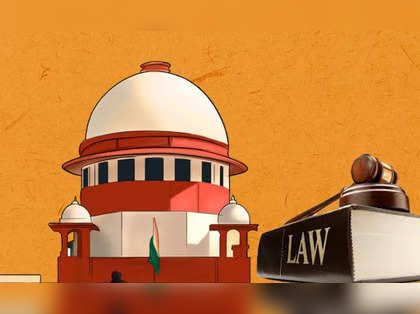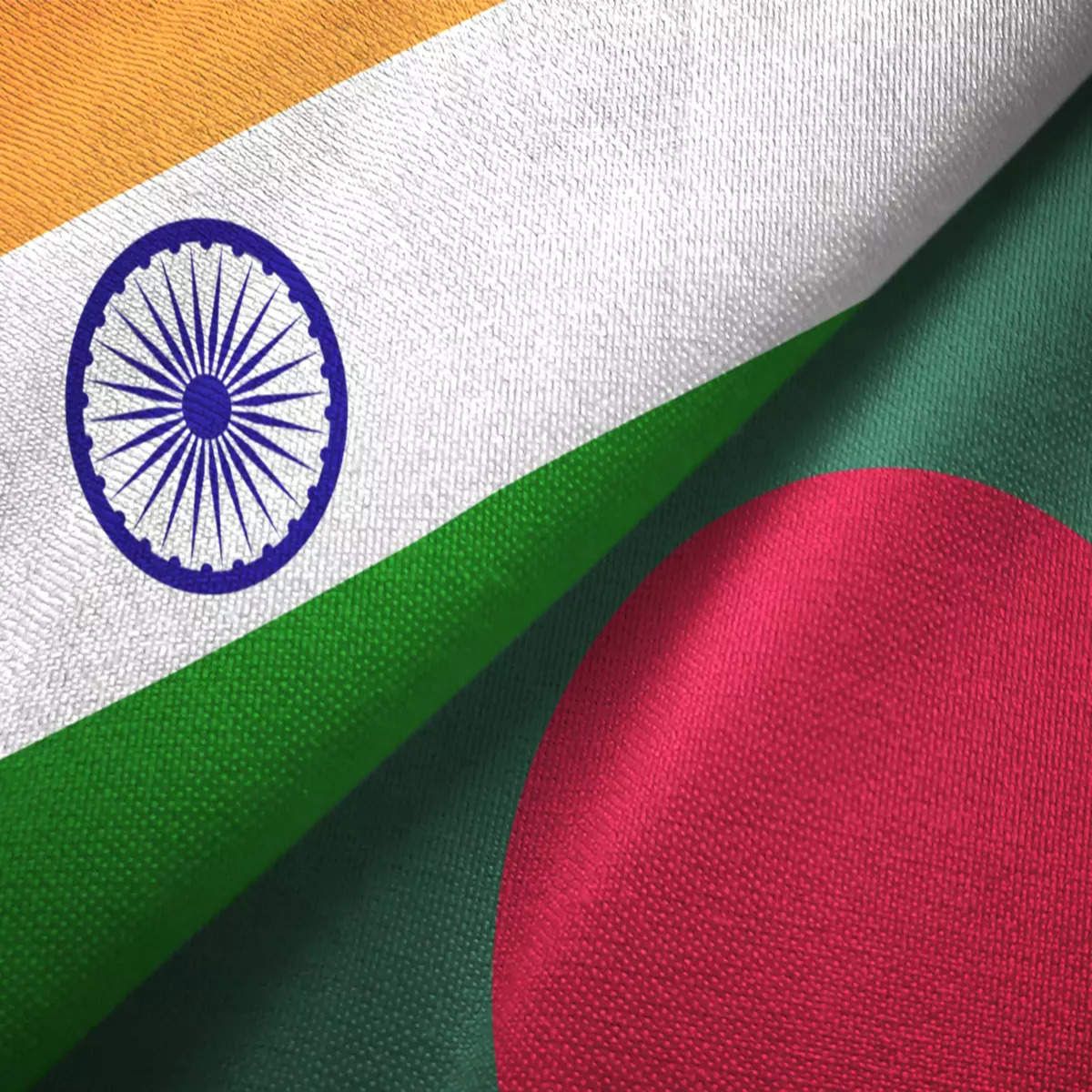Author: Piyush Kumar
Student at: Faculty of Law, Delhi University
ABSTRACT
The Indian caste system has been a complex and controversial social hierarchy for centuries. While the practice of untouchability has been abolished by the Indian Constitution, caste discrimination continues to be a significant issue in Indian society. Proponents of a caste census argue that it would provide valuable data on the socio-economic status of different castes, which could be used to design targeted affirmative action programs. Opponents argue that a caste census would be divisive and could lead to social unrest. This article examines the significance and challenges of a caste census in India.
WHAT IS CASTE CENSUS AND CASTE SURVEY?
Caste census and caste survey, though similar, have key differences. A caste census is a large-scale national enumeration process that counts the population and records their caste affiliation. This data helps identify the number of people belonging to different castes, including disadvantaged groups. The last caste census in India, the Socio-Economic Caste Census (SECC) of 2011, was conducted alongside an economic survey, however it was never published.
On the other hand, a caste survey is typically smaller in scale and may be conducted by research institutions or government bodies for specific purposes. It might gather information beyond just caste, including socio-economic conditions, educational attainment, and experiences of discrimination. This detailed data allows for a deeper understanding of the challenges faced by different caste groups.
Both caste censuses and surveys provide valuable information for policymakers. This data can be used to identify areas where affirmative action programs are needed, design targeted interventions for marginalized communities, and monitor progress towards achieving social equality. However, caste data collection can also be controversial, with concerns about its accuracy and potential misuse for political purposes.
DIFFERENCE BETWEEN CENSUS, CASTE CENSUS & CASTE SURVEY
Here’s a breakdown of the key differences between Census, Caste Census (Socio-Economic Caste Census – SECC), and Caste Survey:
Census:
- Focus: General population data.
- Information Collected: Demographics like age, gender, literacy, religion, etc. (Caste data not included in recent censuses)
- Frequency: Conducted decennially (every 10 years) in India.
- Purpose: Provides a broad overview of the population for planning and resource allocation.
- Data Confidentiality: Data is confidential and not used for identifying individuals for benefit programs.
- Legal Backing: Census Act 1948
Caste Census (SECC):
- Focus: Socio-economic status and caste.
- Information Collected: Household income, occupation, education, and caste affiliation.
- Frequency: Conducted less frequently than regular census (SECC 2011 is the latest).
- Purpose: Identify beneficiaries for government welfare schemes based on socio-economic status and caste.
- Data Confidentiality: Data might be used for targeted social programs (unlike a regular census).
- Legal Backing: No Statutory backing
Caste Survey:
- Focus: Specific aspects of caste.
- Information Collected: May include caste affiliation, socio-economic data, experiences with discrimination, and other aspects relevant to the survey’s purpose.
- Frequency: Varies depending on the research institution or government body conducting it.
- Purpose: Understand the social and economic realities of different caste groups, identify areas of disadvantage, and measure progress towards social equality.
- Data Confidentiality: Depends on the specific survey and how the data is used.
- Legal Backing: No Statutory backing
ADVANTAGES OF CASTE CENSUS
Caste censuses offer several advantages in the pursuit of social justice and development:
Targeted Policymaking: Caste data can reveal the true extent of social and economic disparities faced by different caste groups. This allows policymakers to design targeted interventions that address the specific needs of marginalized communities. For instance, data might show a particular Dalit sub-caste lagging in education. A targeted scholarship program could then be implemented for that group. For example- A large portion of Bihar’s population (over 83%) qualifies for subsidized food grain under the National Food Security Act. Recent surveys show a significant population increase, from 103 million in 2011 to 130 million in 2023. Based on these estimates, over 109 million people in Bihar should be eligible for the program. Unfortunately, only about 87 million people are currently enrolled. This means roughly 22.6 million residents are excluded, despite high food inflation.
Effective Resource Allocation: By understanding the distribution of disadvantaged populations, resources like healthcare facilities, educational institutions, and skill development programs can be allocated more efficiently. This ensures these crucial services reach the communities that need them most.
Monitoring Progress: Caste census data serves as a baseline for measuring progress towards achieving social equality. By tracking changes in socio-economic indicators over time, policymakers can evaluate the effectiveness of affirmative action programs and identify areas where further action is needed.
Transparency and Accountability: A transparent caste census can expose the true extent of caste-based discrimination. This data can be used to hold governments accountable for upholding constitutional rights and tackling discriminatory practices.
Empowering Marginalized Groups: Caste data empowers marginalized communities to advocate for their rights with factual evidence. It can help challenge claims of progress if the data reveals persistent inequalities.
DISADVANTAGES OF CASTE CENSUS
Here are some potential disadvantages of a caste census in India:
Reinforcing the Caste System: Critics argue a caste census could solidify the caste system by officially classifying people. This could hinder efforts to move towards a more meritocratic society and perpetuate social divisions.
Demands for Further Reservation: A caste census could spark a firestorm of demands for increased reservations. Castes like Patels, Gujjars, and Jats are already pushing for quotas, and a caste census might embolden similar demands from other groups. This could put immense pressure on the Supreme Court’s 50% ceiling on reservations, potentially leading to a legal battle over exceeding this limit.
Social Division and Unrest: Opponents of a caste census argue that it would exacerbate social divisions and could lead to social unrest. They argue that a caste census could lead to competition and conflict between different castes for scarce resources.
Difficulties in Defining Caste: There are thousands of castes and sub-castes in India, many with regional variations. Accurately defining and classifying them in a census can be complex and lead to confusion or misrepresentation.
Potential for Misuse: Caste data could be misused for political gain by parties targeting specific caste groups. This could exacerbate social tensions and even lead to violence.
Focus on Caste over Socioeconomic Factors: A caste census might shift focus away from analyzing socioeconomic factors like income or education that are more relevant for identifying disadvantaged groups.
Logistical Challenges: Conducting a large-scale caste census across India’s vast population can be expensive and logistically challenging. Concerns include ensuring accuracy, data security, and potential social resistance during enumeration.
WAY FORWARD
The potential benefits and drawbacks of a caste census in India necessitate a nuanced and inclusive approach. Here are some key considerations for moving forward:
Comprehensive Debate: A national conversation involving diverse stakeholders, including sociologists, legal experts, political representatives, and civil society organizations, is crucial. This dialogue can address concerns, explore alternatives for identifying disadvantaged groups, and ensure the census is conducted fairly and accurately.
Socioeconomic Data Integration: A caste census, if conducted, should be integrated with data on socioeconomic factors like income, education, and geographic location. This multi-dimensional approach would provide a more holistic understanding of social inequalities.
Data Privacy and Security: Robust safeguards must be implemented to protect individual privacy and prevent misuse of caste data. This includes anonymization, secure storage, and clear legal guidelines on data access and utilization.
Alternative Policy Measures: Exploring alternative methods for identifying beneficiaries of affirmative action programs could be considered. Examining socioeconomic indicators alongside caste could offer a more targeted approach to address social deprivation.
CONCLUSION
In conclusion, the debate surrounding a caste census in India hinges on a critical question: is the potential for improved policymaking and social justice worth the risk of inflaming existing caste tensions and inaccuracies in data collection? Proponents argue that a caste census, despite its challenges, is a necessary tool to identify and address historical and ongoing social inequalities. The data gleaned could empower marginalized communities, promote transparency in affirmative action programs, and inform the development of targeted policies for genuine social upliftment. Opponents, however, raise valid concerns about the potential misuse of caste data for political gain and the exacerbation of social unrest.
Finding a middle ground may be the most prudent course of action. A well-designed socio-economic census that collects data on caste alongside other crucial indicators like income, education, and occupation could offer valuable insights. This approach would move beyond solely relying on caste as a defining factor, providing a more nuanced understanding of social inequalities. Additionally, robust safeguards against data manipulation and clear communication strategies are essential to mitigate the risk of social tensions.
Ultimately, the path forward requires a national conversation that prioritizes social harmony and dismantles the caste system. A caste census, if conducted thoughtfully and with due diligence, could be a stepping stone towards a more equitable India. However, it is crucial to remember that a census alone is not a solution. It must be coupled with sustained efforts to dismantle discriminatory social structures, promote inter-caste dialogue, and foster a society where opportunity is based on merit, not birth. Only through a multi-pronged approach can India truly move towards a future where caste ceases to be a determinant of an individual’s life chances.
FAQ
- Has a caste census ever been conducted in India?
The last caste-based enumeration was in 1931. The Socio-Economic Caste Census (SECC) of 2011 included caste data, but the government considers it unusable for official purposes.
- Is there any legal provision for conducting Census?
The Census is a statutory exercise conducted under the provisions of the Census Act 1948 and Rules made there under.
- Would a caste census violate an individual’s right to privacy?
This is a valid concern. The design of the census would need to ensure strict data privacy protocols. Individuals should have the option to opt-out of disclosing their caste if they choose.
- Who would benefit from a caste census?
The primary beneficiaries would be disadvantaged communities facing caste-based discrimination. The data can empower them to advocate for their rights and access government schemes effectively.




